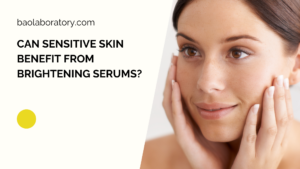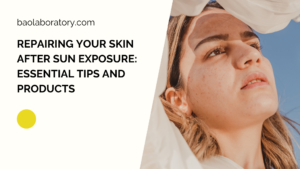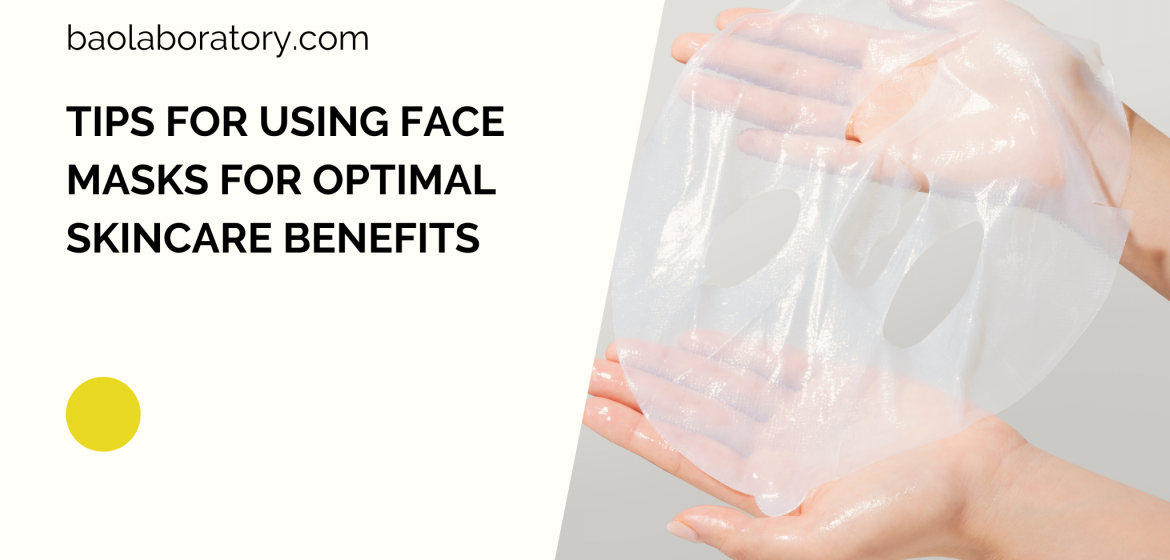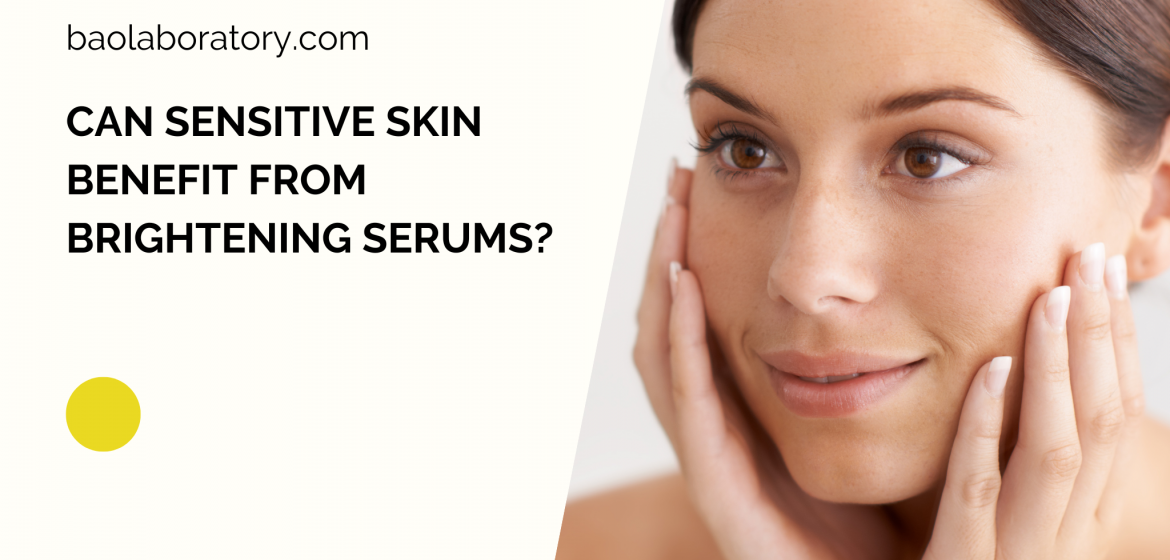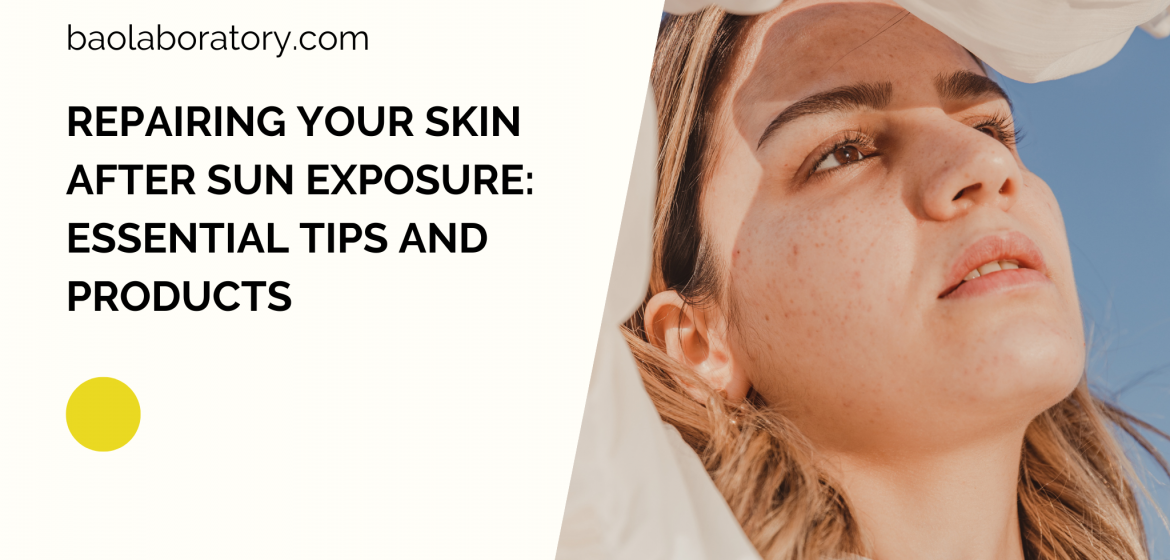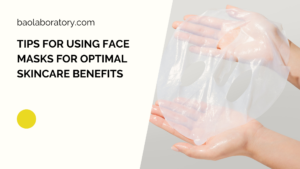
- Home
- /
- Skin Solutions
- /
- Top 10 Skin Care Ingredients To Avoid
 We reviewed some skincare ingredients you should avoid at this article’s beginning. We’re continuing our discussion in this article by highlighting the top 10 skin care ingredients to avoid.
We reviewed some skincare ingredients you should avoid at this article’s beginning. We’re continuing our discussion in this article by highlighting the top 10 skin care ingredients to avoid.
This post dispels the myth that using skincare ingredients will automatically give you great results. The truth is that many skin care ingredients do more harm than good. Unfortunately, there hasn’t been much research on whether the popular ingredients in skincare products are safe or effective.
Skincare ingredients are the most crucial factor to look at when searching for a new product. They stress the effectiveness of the product, but they also communicate whether or not it is safe and effective.
Because so many products on the market today contain toxic chemicals for our skin, we must know what we should look for and what we should avoid.
Alternative ingredients are being used in natural skincare products nowadays since some of the ingredients mentioned above have adverse reactions to users’ skin.
Skin Care Ingredients To Avoid
1. Sodium Lauryl Sulfate
Sodium lauryl sulfate (SLS) is a harsh detergent found in many personal care products, engine degreasers, and garage floor cleaners. It’s also known as sodium dodecyl sulfate (SDS). Found in: shampoo, toothpaste, body wash, soap, detergent.
SLS is a surfactant that reduces the surface tension between two liquids or between a drink and a solid. SLS helps remove dirt and oil from the skin and hair in personal care products. The problem with SLS is that it can easily penetrate through skin layers to irritate.
This is why it’s commonly used as an engine degreaser—it penetrates deeply into metal surfaces to break down grime and sludge. That same characteristic makes it a popular ingredient for automatic car washes because it cleanses away the dirt that could scuff your car’s paint finish if left untreated.
2. Parabens
Parabens are a group of synthetic preservatives used in cosmetics and personal care products linked to health problems like breast cancer and reproductive issues.
Although the studies that link parabens to these health problems are still inconclusive, even the FDA has voiced concerns over the use of parabens in cosmetics. So why are they still allowed?
There is some controversy over whether or not the amount of parabens found in cosmetic products has ever been high enough to cause any harm (and there’s also speculation that studies linking parabens with cancer may be flawed).
Still, there’s no denying that no studies have proven that parabens will never cause cancer—and if you’re hesitant about using chemicals on your skin that haven’t been proven safe, it may be best to avoid them altogether.
3. Sodium Laureth Sulfate
Sodium Laureth Sulfate can be found in many products, but it’s especially effective in shampoo. This is because it’s a cheap alternative to other cleaning agents like Sodium Lauryl Sulfate and Sodium Dodecyl Sulfate, which are much harsher and have been connected to everything from an eruption of severe acne to hair loss.
Bearing the exact resemblance to soap as cocaine does to chalk, the most dangerous aspect of Sodium Laureth Sulfate is that it can easily be mistaken for something safe. When you look at the ingredients list on your products, you’ll likely see this substance right after water.
If you’re not careful, you’ll assume that it’s a natural part of the formula when it’s simply a manufactured compound intended to do nothing more than make your hair shiny.
4. Phthalates
Phthalates are a group of chemicals used in everything from toys to foods. They’re also commonly found in skincare products and can be absorbed through your skin or ingested.
The problem with phthalates is that they appear to cause reproductive abnormalities in men, and as they accumulate in fat cells, they can cause physical abnormalities, too. Phthalates have been linked to breast cancer, infertility, and developmental problems.
The EU banned toys made with phthalates and phased them out over the last decade. However, you’ll still find them in plastic food packaging, adhesives for food containers, shower curtains, and cosmetics and personal care products such as lipstick, perfume, and deodorant.
Some of them may cause long-term issues that may not pop up for years later (if ever). So it is definitely worth the extra time researching these ingredients and finding better alternatives that belong to natural skincare products.
5. Fragrance
Fragrance is one of the most common ingredients in skincare products. It’s found in almost all cosmetics, shampoos, conditioners, and soaps.
The fragrance is also what’s known as a catch-all phrase for any synthetic ingredient that gives off a smell. So if it smells like the “floral bouquet” or “sweet vanilla,” chances are its fragrance.
The problem with fragrance is that it’s not necessarily safe for your skin. A lot of times, it can be potentially harmful. Even though the ingredient itself is technically considered safe by the Food and Drug Administration, there are many cases where serious issues have been linked to exposure to certain types of fragrances.
The most notable example would be allergies and sensitivities to certain types of perfumes and colognes that trigger asthma attacks or skin irritation. Studies show that approximately 10% of people are allergic to fragrances—but many don’t realize they do because they’ve never been formally diagnosed by a doctor.
6. Formaldehyde-Releasing Preservatives
The first (and last!) thing you need to know about formaldehyde-releasing preservatives is that they are not, actually, good for your skin.
Formaldehyde is the exact opposite of what you want in a skincare product. Formaldehyde, a carcinogen that can be toxic to the nervous system, is released when these ingredients come into contact with air.
The second thing you should know about formaldehyde-releasing preservatives is that they’re widely used in skincare products.
They’re found in cleansers, toners, moisturizers, serums, eye creams, and masks—you name it! There’s even a product called “Anti-Aging Solution” containing this kind of preservative sold on Amazon—but it doesn’t need to be this way!
The third thing you should know about formaldehyde-releasing preservatives is that there are plenty of alternatives out there. It makes sense to avoid putting these nasty chemicals on your face.
7. Oxybenzone and Octinoxate
When it comes to sunscreens, there are a few ingredients you should avoid. The first is oxybenzone and octinoxate, both of which have been proven to be endocrine disruptors and can cause adverse effects in the body, ranging from mild to severe.
While they are still widely used in sunscreen products, they have been shown to mimic the hormone estrogen when absorbed by the skin.
If you’re using a product with oxybenzone or octinoxate in it, you’re absorbing them into your body and exposing yourself to potentially serious conditions like hormone-related cancers. If you want a healthy tan without risking your health, stay clear of these two ingredients
8. Retinol and Retinyl Palmitate
Retinol is vitamin A in its active form, which is proven to help with cell turnover. It’s also the culprit behind many instances of irritation, redness, dryness, and flaking. Retinol is often combined with retinyl palmitate—a type of retinol compound found in over-the-counter moisturizers and sunscreens.
You’ll usually see it listed as an ingredient under one of these names: palmitate, retinol, or retinyl palmitate. If you want healthy skin without these side effects, look for products that say “retinol-free” or “vitamin A-free.”
9. Toluene and Toluene-Based Ingredients (TBT)
This volatile solvent has been used frequently in nail polish removers and even some fragrances. It’s also a common ingredient in commercial face creams, eye creams, hair mousses, and other cosmetics. Common symptoms of exposure to TBT include headache, dizziness, confusion, nausea, vomiting, kidney problems, and even seizures and death.
It can also cause reproductive problems in both men and women! If you’ve ever had a headache after using your favorite face cream or hair mousse, or if you’ve ever felt dizzy or confused after using your favorite body wash or perfume—these could all be signs that TBT is present in your product.
10. Benzoyl Peroxide
Benzoyl Peroxide has been used for years as an acne medication—it kills bacteria that cause breakouts, helps unclog pores, and treats mild to moderate forms of acne. It’s a good thing, right?
Wrong. Benzoyl Peroxide is a chemical with carcinogenic properties that can lead to cancer. It’s wise to be cautious of what we put on our skin—after all, it’s the largest organ in our body!
The FDA has only approved benzoyl peroxide up to ten percent strength, but you’ll likely find this ingredient in creams at greater concentrations. Always read labels carefully, look for warnings about harmful side effects, and make sure you’re buying safe products!
Final Thoughts
As you might imagine, there are plenty of skin care ingredients to avoid, even if they’re “natural.” That is why it’s so important to read the label before using a product. Also, be sure to research any ingredient that you are unfamiliar with.
There’s no space for guessing here. It’s better to err on caution when it comes to our skin. It needs us as much as we need it.
Avoid these ingredients whenever possible and consider using natural skin care products instead. You’ll likely be surprised at how good your skin looks.


